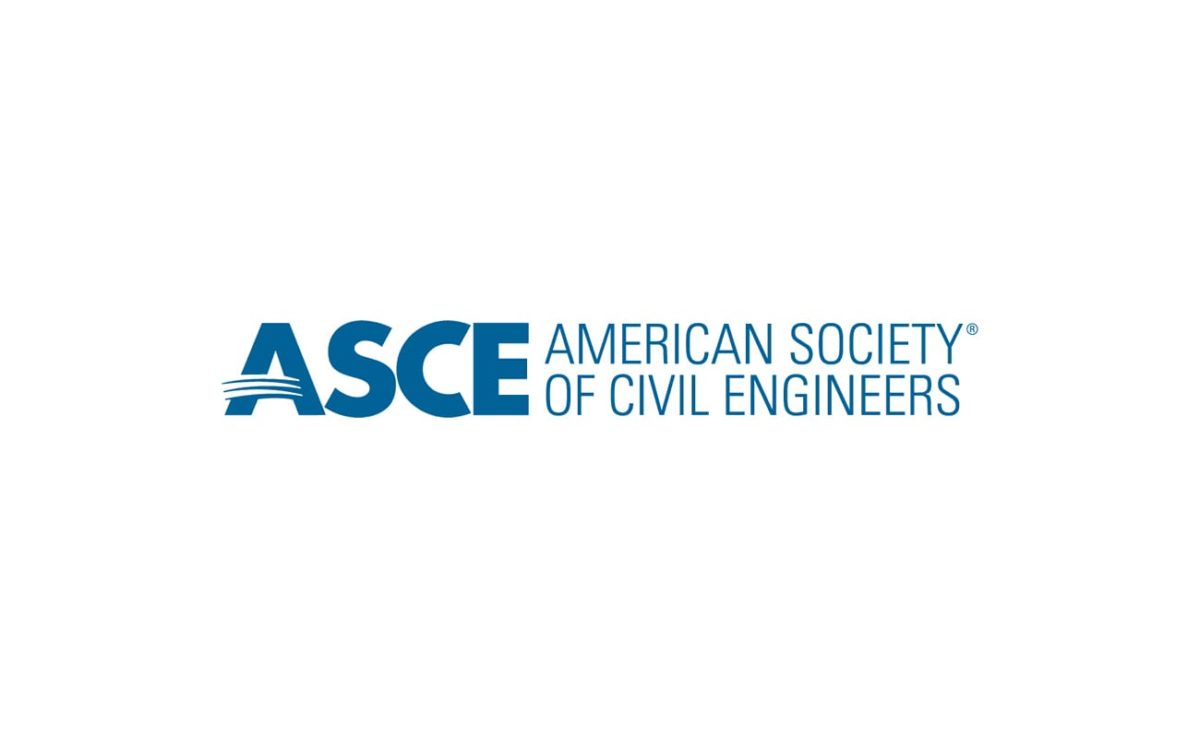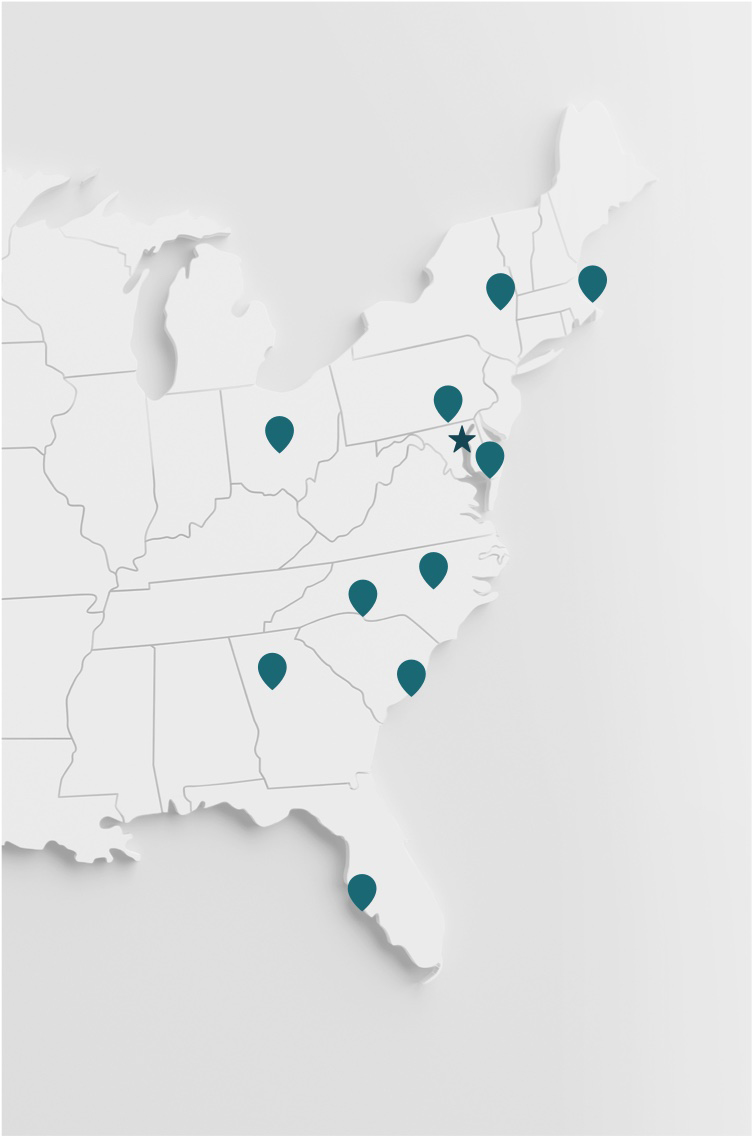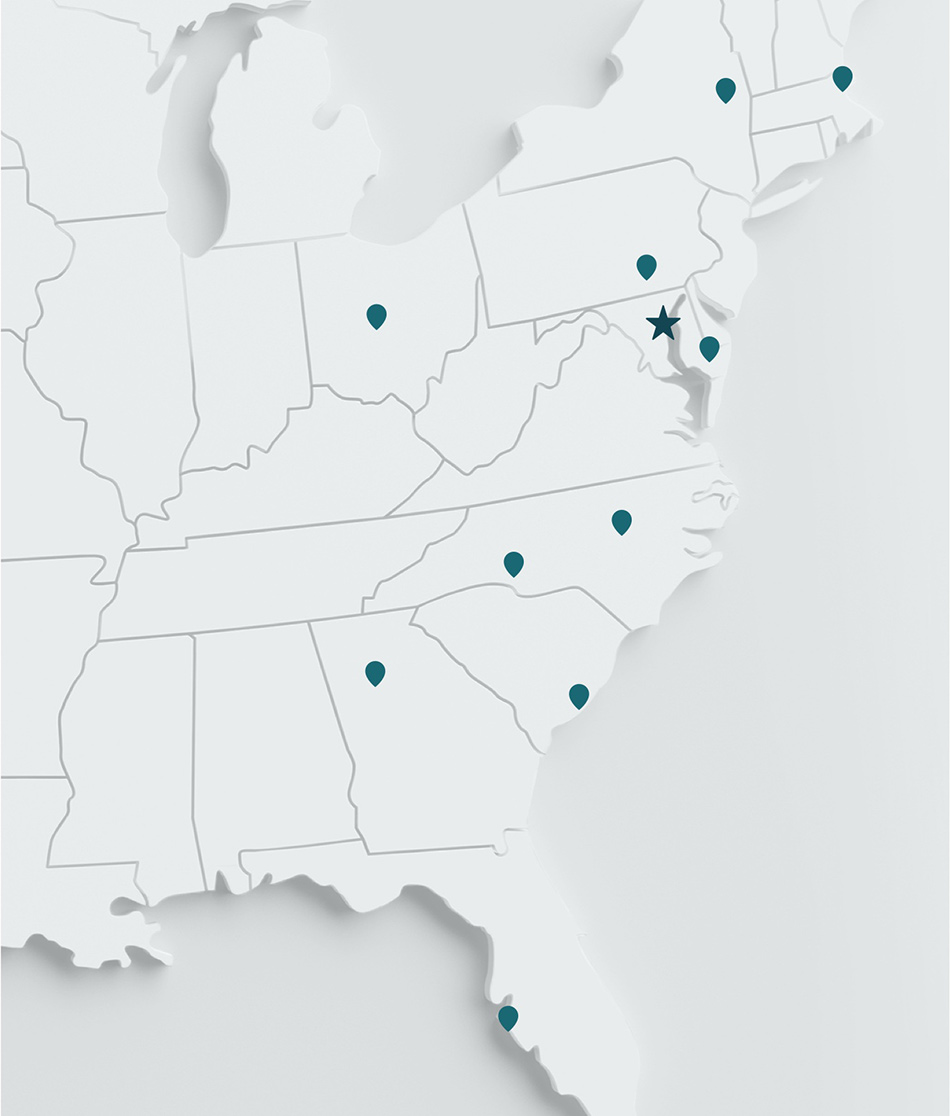
Underground thermal distribution pipelines are common at institutional facilities where thermal energy is generated at a central utility plant and is distributed to various buildings. But, the high range of pressures, temperatures, fluid properties, and other design considerations observed in these underground thermal piping systems can present many technical challenges.
RMF Engineering’s Steven Buckler, PE., recently presented at the American Society of Civil Engineers (ASCE) annual Pipelines Conference hosted by the Utility Engineering and Surveying Institute (UESI). Buckler spoke about how the creation, expansion, conversion, maintenance, and renewal of a district energy distribution system often requires the design and specification of an underground thermal distribution piping system. He further explained that each piping system has specific components that need to be carefully considered and addressed. Failure to consider things like joint restraint, burial depth, design pressures, design temperatures, expansion, corrosion protection, and water removal can create maintenance issues, safety concerns, and decrease the service life of the system. Buckler also stressed the importance of understanding how each of these considerations interacts with each other to ensure proper system operation and longevity.
View Buckler’s Proceedings Paper, titled “Built to Last: Underground Piping for District Heating and Cooling”

